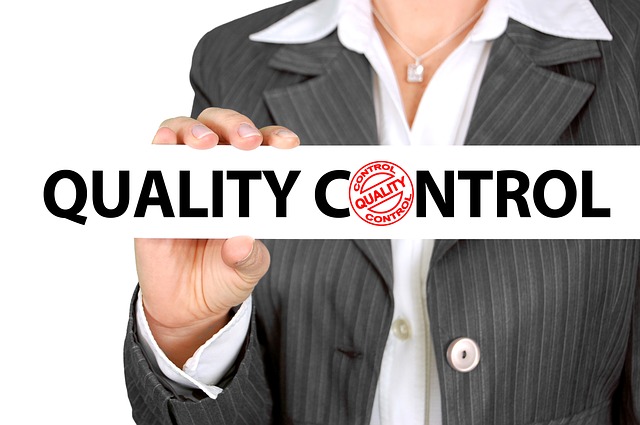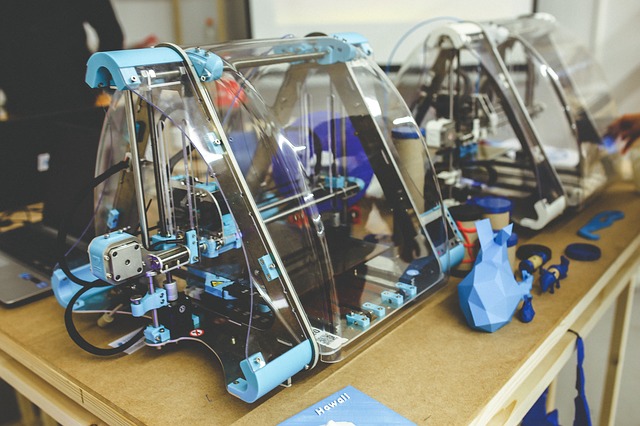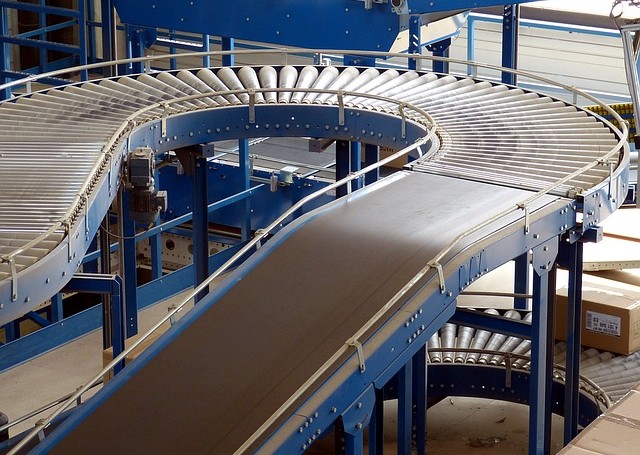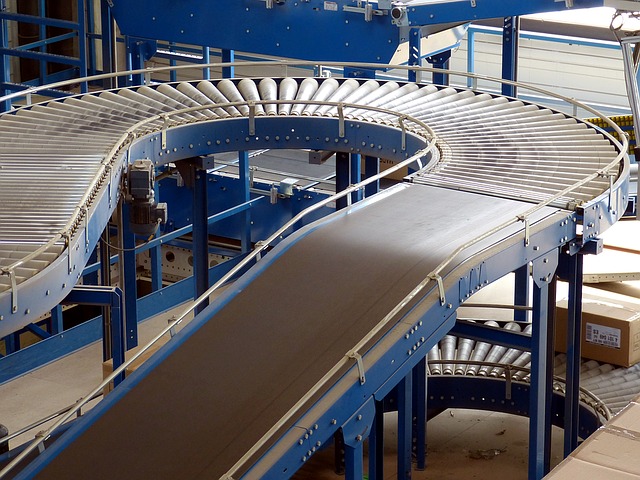The quality control supervisor, often referred to as just QC, is the person tasked with monitoring production on an assembly line, and coordinating the activities of workers whose job it is to inspect materials and products to ensure they meet the standards set out by the company. Quality Control is an essential aspect of all manufacturing industries, be it clothing, electronics, food, fabricated plastic products, glassware, molded components, pharmaceuticals etc.

The QC supervisor’s exact duties vary from industry to industry, and from company to company, but usually include creating sketches of product prototypes and the standards required. They also include creating inspection procedures for new products, identifying the devices needed to complete these tasks, and supervision of workers. Once a sketch of a new product prototype is completed, it’s then distributed to the necessary departments, such as engineering, inspection workstations and production control.
Quality control will carry out inspections of products at each stage of the manufacturing process. To carry this out, QC supervisors will need to use various devices such as shadow compartors and gauges to measure the quality of each product tested. If defects are found, the product will be examined more closely to see if it can be rectified. If no remedy is available, the particular batch of products may be scrapped. In the case of prototype products, these will be scrutinized even more closely to ensure they meet the company’s standards.
One crucial, yet not always obvious, aspect of the QC supervisor’s job is customer service skills. QC supervisors are often tasked with satisfying customer’s needs or resolving their complaints, while at the same time maintaining good relations with them. In addition, QC supervisors often have to work closely with suppliers and subcontractors to ensure the materials, parts and outsourced work are received to the company’s satisfaction.
The minimum qualification for a quality control supervisor is a high school diploma in most countries. However, certain companies that have more stringent standard requirements may demand a higher education from their candidates. In particular, companies usually look for employees with strong communication and math skills. Other necessary skills include an extensive knowledge of assembly lines, machinery and the industry itself. In addition, QC supervisors must also be trained in the use of specific tools, computers and gauges that are required to test the company’s products and materials. Finally, quality control supervisors need to have a solid understanding of the company’s production processes, needs and requirements, health and safety standards, and also the products being manufactured.
In our perspective, production companies must always try to find ways to make systems easier. This is not to make the company more cost-efficient necessarily, but to keep their workers happy. If tasks are too physically and mentally strenuous, people will leave their jobs. ITO has more than 55 years in the industry making companies more streamlined, profitable, efficient, and most of all, people happy.


